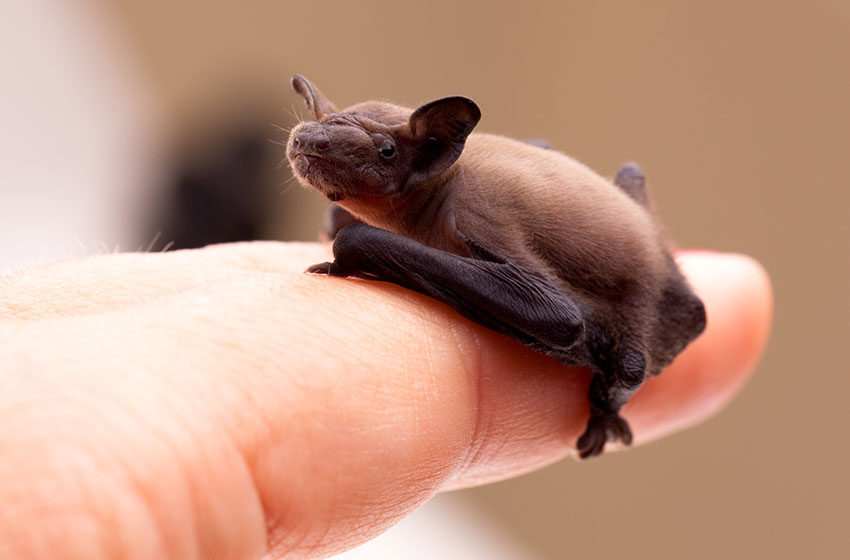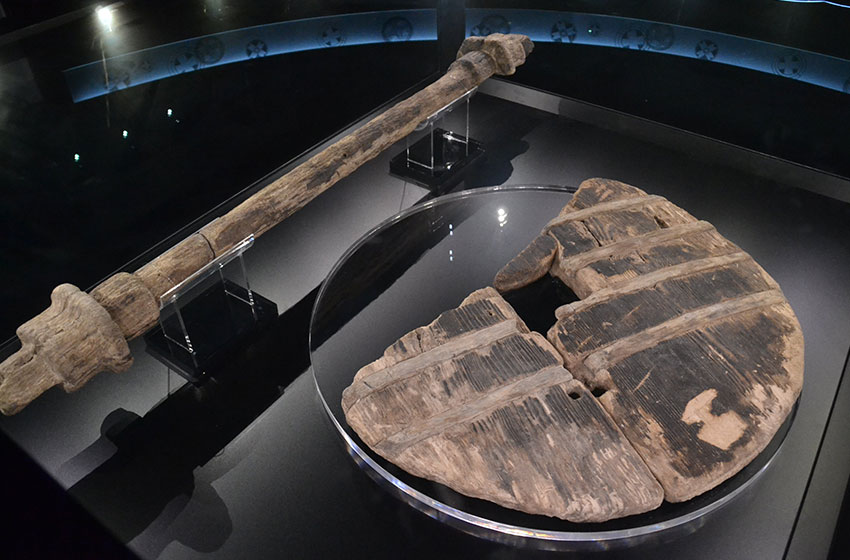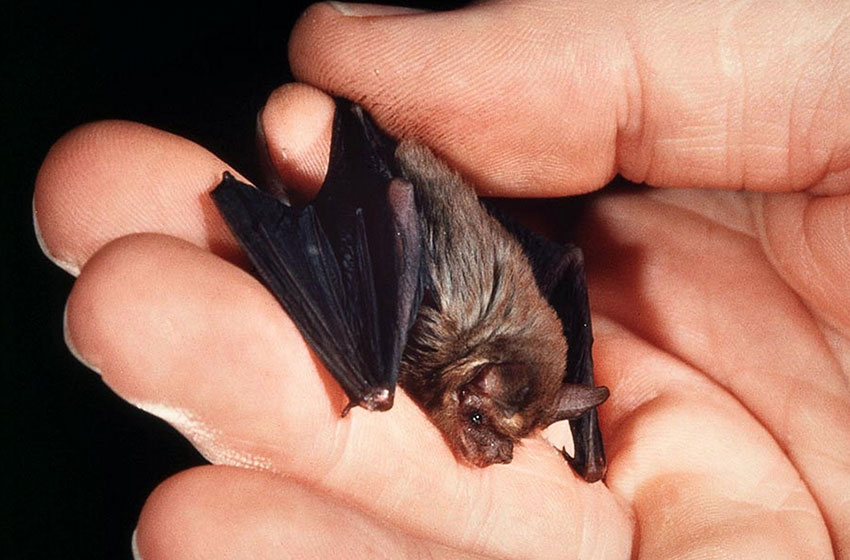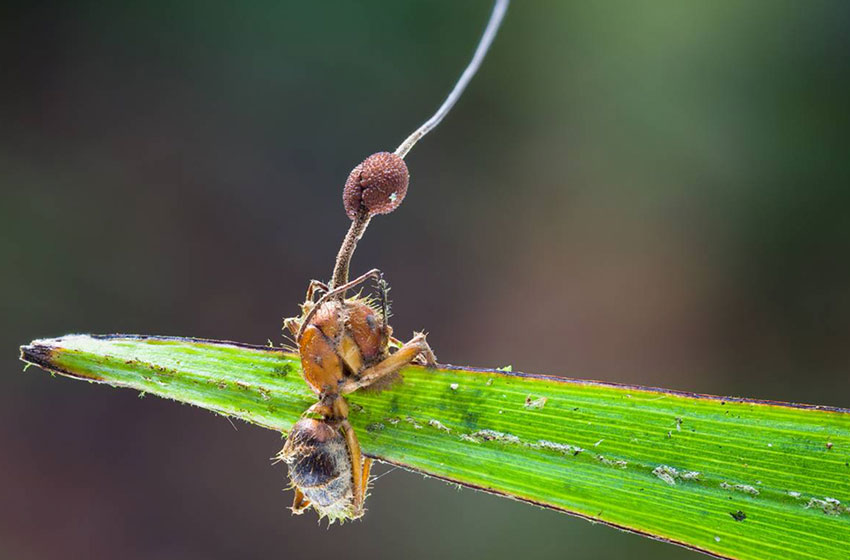A Few Interesting Facts That Will Amaze You

Imagine you are in the middle of a conversation and share a fun fact, resulting in varied reactions; some may express joy, while others would marvel at your knowledge. Besides, gathering knowledge of diverse fields such as science, history, and pop culture is always useful. Apart from amusing people with whom you share interesting facts, it will also make you an expert at answering trivia questions.
So, let us check out some mind-boggling and interesting facts:
World’s Oldest Wheel

The wheel found in the remains of a pile-dwelling settlement has a radius of 70 centimetres and is five cm thick. It is made of ash and oak. The wheel is surprisingly technologically advanced, made of two ashen panels of the same tree.
The axle, whose age could not be established as precisely, is about as old as the wheel. It is 120 centimetres long and made of oak. The wheel and the axle had probably been scorched to protect them against pests. Slovenian experts surmise that the wheel they found belonged to a single-axle cart. Furthermore, radiocarbon dating was used to determine the wheel’s age, which is somewhere between 5,100 and 5,350 years old.
The wheel turned out to be an invaluable artifact that shed light on one of Europe’s earliest civilisations, a culture with an important presence on the territory of modern-day Slovenia. It made its first public appearance in the City Museum of Ljubljana in 2013 at the exhibition THE WHEEL – 5,200 years, which links ancient heritage, technological and scientific development with culture and art in an original manner and even escapes the planet’s limitations.
The Bumblebee Bat – World’s Smallest Mammal

The Kuhn Kitty bat is also called Bumblebee or Kitty’s hog-nosed bat because of its typical appearance. It is the world’s smallest bat, weighs less than two grams and is just 3 centimetres long. This recently discovered animal is only found in the caves of Kanchanaburi in West Thailand and the Southeastern area of Myanmar.
The population of bats is very small, and the slow reproduction of the species can form a problem in the future. For example, females of the Bumblebee bats give birth just once a year during the summer in April. So for a long time, their recently born youngster will stay attached to their mom’s belly.
It takes quite some time before the wings of the super tiny bat are well enough developed to fly. The slow reproduction of the spices can become a threat to the future as places were (and still are) disturbed by scientists, tourists, monks and new developments like deforestation and a new pipeline being built from Thailand to Myanmar.
Weighing in at 0.05 to 0.07 ounces, with a head-to-body length of 1.14 to 1.29 inches and a wingspan of 5.1 to 5.7 inches, the bumblebee bat – also known as Kitti’s hog-nosed bat – is the smallest mammal in the world, according to the Guinness Book of World Records.
Human Circulatory System is more than 60,000 miles long.

If you lay out a child’s circulatory system, including veins, arteries, and capillaries, it would stretch more than 60,000 miles. Furthermore, by the time people reach adulthood, their bodies hold approximately 100,000 miles of blood vessels. So, if we were to calculate further in terms of distance, then it is more than two and a half times the circumference of the Earth.
Mind-Controlling Zombie Fungus

Ophiocordyceps unilateralis, otherwise known as cordyceps or zombie-ant fungus, infects insects such as ants or spiders. Like other parasites, cordyceps drains its host completely of nutrients before filling its body with spores that will let the fungus reproduce. It then compels the insect to seek height and remain there before it expels these spores, infecting other nearby insects in the process.
You may have seen it in the video game and the HBO show “The Last of Us”, where humans struggle after an infectious fungus turns ordinary people into zombies. However, it is crucial to point out that the fungus cannot infect human beings.
The Eiffel Tower can grow more than six inches during the summer.

When it was inaugurated for the Paris World’s Fair on March 31, 1889, the Eiffel Tower, originally called “The 300-meter Tower,” had a total height of 312 meters, making it the tallest Tower in the world! It proudly held that title until 1931. That year, it was dethroned by the Empire State Building (381 meters).
Since then, the Eiffel Tower has continued to grow and today measures 330 meters, including the antennas that were successively added at the summit in 1957, 2000 and 2022 to broadcast radio and television.
One of the reasons the Eiffel Tower is still as dazzling as ever is that it adapts to its environment and all types of weather conditions: wind, cold, rain, snow, frost, heat, etc. Like any metal, puddled iron is sensitive to temperature variations and reacts to high temperatures in summer and low or even negative temperatures in winter.
When temperatures rise, the Tower increases in size due to a natural physical phenomenon called thermal expansion. Heat causes an increase in volume that makes the Eiffel Tower a few centimetres taller. This expansion also causes the Tower to tilt slightly away from the sun. This is because the sun only hits one of the four sides of the Tower, creating an imbalance with the other three sides that remain stable, thus causing the Eiffel Tower to lean. In this way, the sun’s movement over the course of a clear day can cause the top of the Tower to move in a more or less circular curve measuring approximately 15 centimetres in diameter. Conversely, when cold winter weather arrives, the metal structure contracts and can also lose a few centimetres.
A one-armed player scored the winning goal in the first World Cup.

Castro was born in Montevideo. When he was 13, he accidentally amputated his right forearm while using an electric saw, which gave origin to his nickname, El Manco (meaning “the one-armed” or “the maimed”). Nevertheless, he played on the Uruguay soccer team during the first-ever World Cup in 1930. In the last game between Uruguay and Argentina, Castro scored the winning goal in the last minute of the game. The final score was 4–2, making Uruguay the first country to win the World Cup title.





